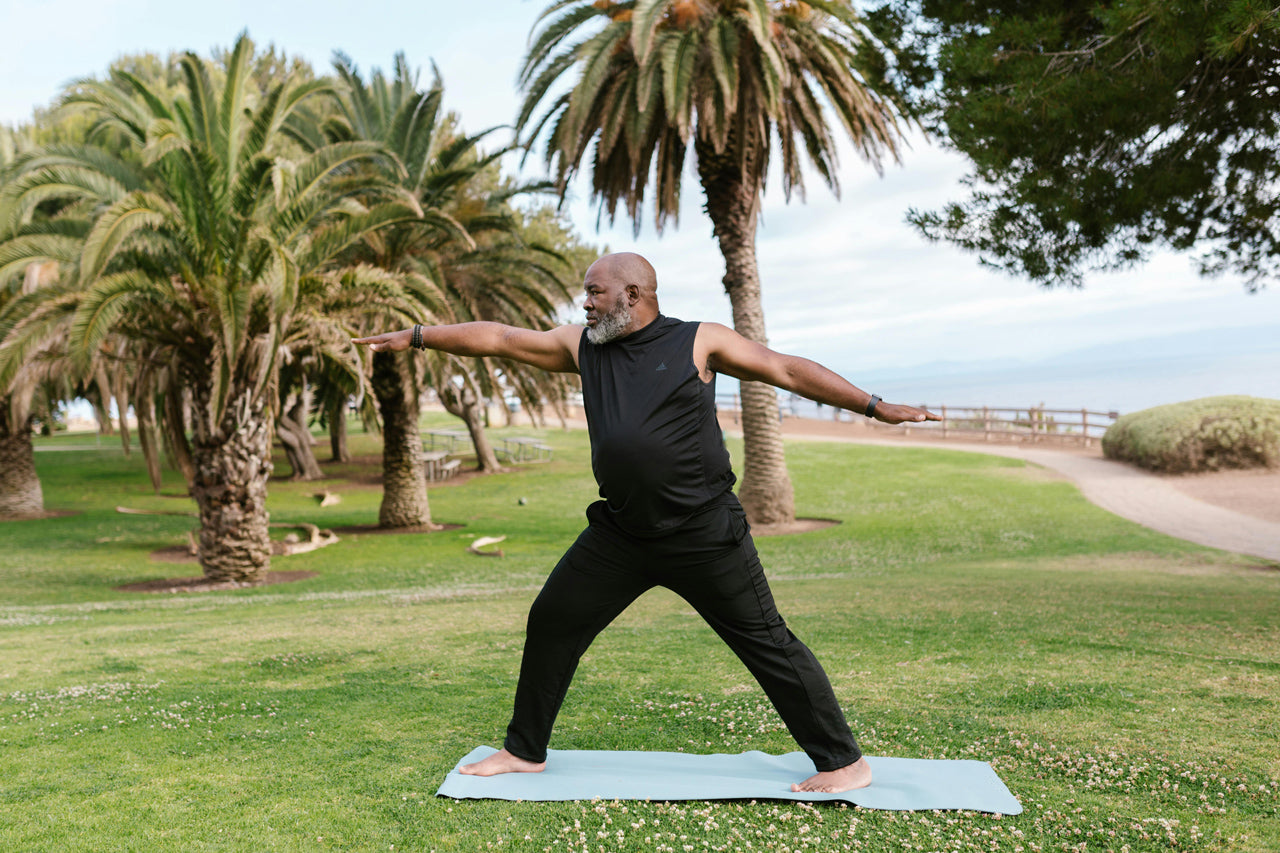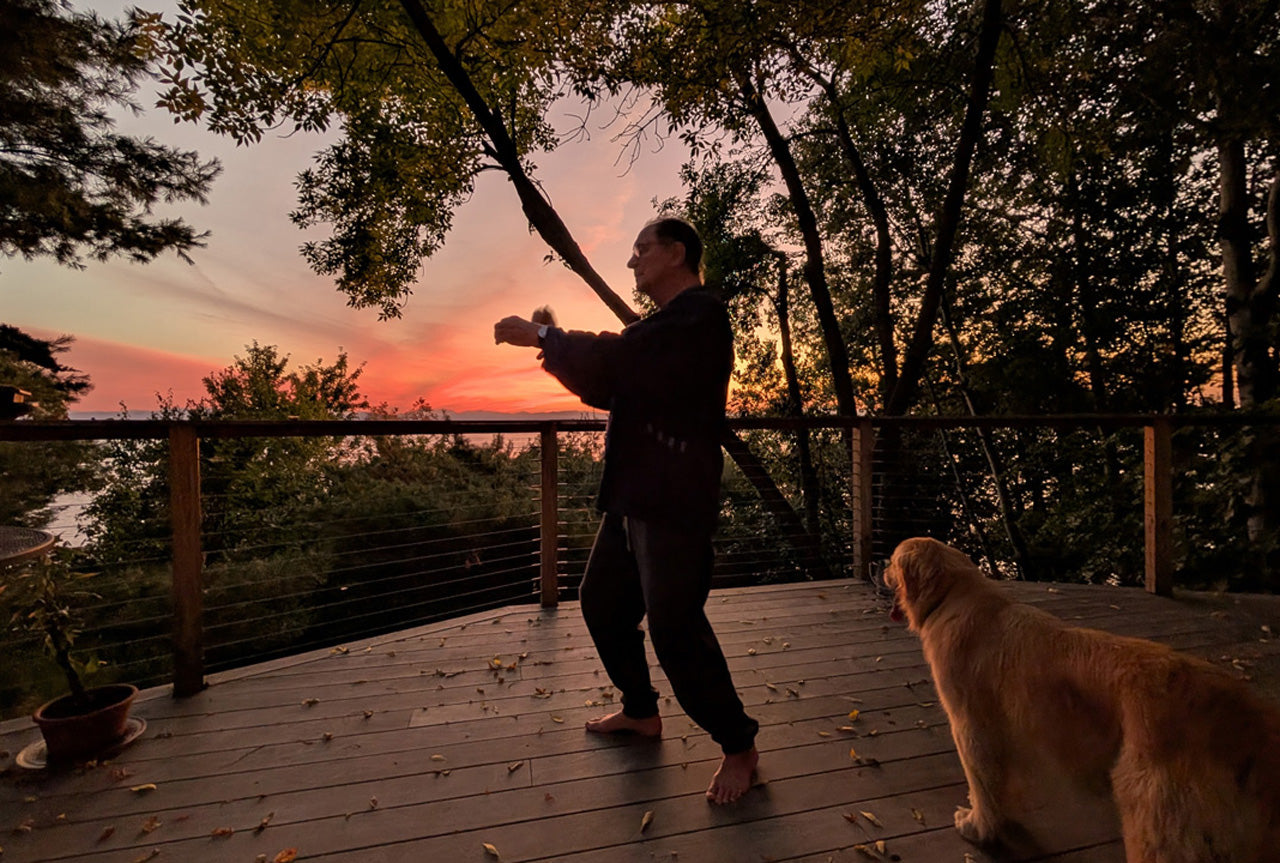What is posture?
Posture is simply the response of our bodies to gravity, the moment to moment conversation our bodies have with gravity. This conversation begins at birth, and continues as babies first lift their head, then creep, then crawl, then toddle and finally stand. Throughout this awakening of the body the spine is adapting to gravity, developing the normal curves in the lower back, thorax and neck that allow for perfectly balanced, calorically efficient standing and sitting. Simultaneously the body is also developing spinal reflexes that facilitate efficient posture, reflexes that adjust the spine in real-time to assure balanced, stable posture. Importantly, these reflexes also allow the spine to adjust on the fly to surprises that might cause a fall if not compensated for.
The problem with conventional “ergonomic” chairs.
Unfortunately, conventional chairs distort the perfect posture that we develop throughout our childhood, by providing “support” that distorts our posture. The backrest, arm rests, foot rests, headrests all require that the spine respond with new, unusual, conformations. These odd conformations cause discomfort in the short run: witness the frequent changes of sitting positions required when sitting for more than a few minutes on a standard office chair. Worse, over time real pain syndromes can develop: over 80% of Americans will suffer from back pain at some point in their lives, something not seen in cultures that have not adopted Western chairs as the standard format for sitting (e.g. Japan).
Why “ergonomic” chairs are bad for your posture.
Think about this: if lumbar support worked, why do so many people still have back pain?
- Dr. Turner Osler
What are spinal reflexes?
I’ve referred to “spinal reflexes” a few times, a medical reference that may not have much resonance for most people. We are so accustomed to our spinal reflexes that we usually don’t notice their effects, as they work silently in the background. Spinal reflexes can also be triggered simply by the position of the spine. These reflexes are responsible for the automatic readjustment of posture that allows us to restore our equilibrium if we should trip while walking.
It is these spinal reflexes that are invoked by our QOR360 chairs: when the pelvis tips, spinal reflexes immediately and automatically restore one’s balance by making a myriad of small adjustments to the spine, ribs, head, and neck. And all this happens automatically, below the level of consciousness. You’re free to listen in on this conversation between your spine and gravity of course, but most people just get on with their workday. Because our chairs allow one to “outsource” organizing a comfortable posture to your spinal reflexes, you’re free to think about other things, confident that when you stand up at the end of the day your spine will be as fresh, aligned, and alive as when you sat down at your desk.
Think about this if lumbar support worked why do many people still have back pain?
MD DESIGNED
Meet Dr. Turner Osler
Turner is the CEO and Founder of QOR360. Dr. Osler is an academic trauma surgeon turned research epidemiologist who has published over 300 peer-reviewed medical papers and book chapters. As a physician who’s suffered from a tyranny of conventional chairs for most of his life, Dr. Osler’s quest for a healthier way to sit led him to develop The Eccentric Bicylinder, a shape that is central to QOR360’s ergonomic, healthy, and active seating products.
Click play to watch



